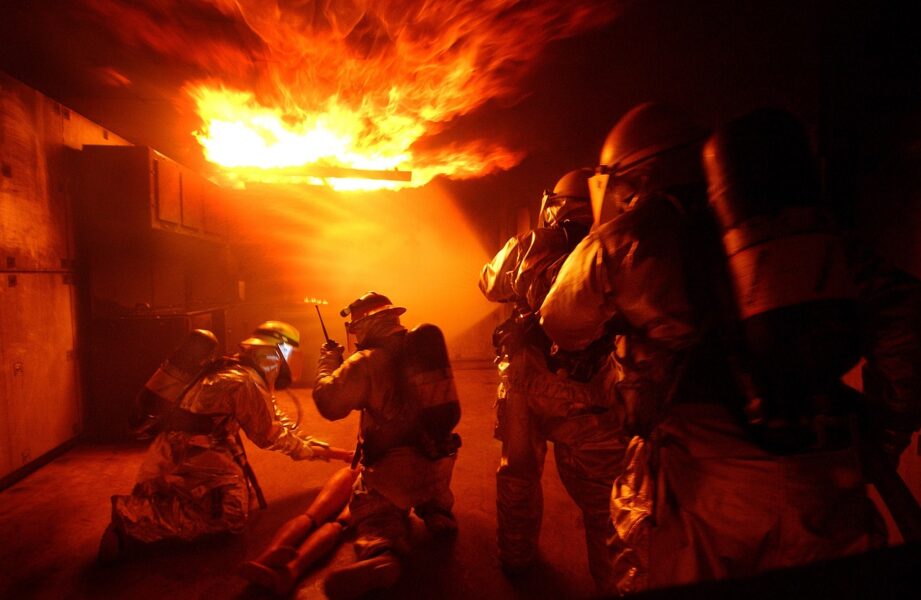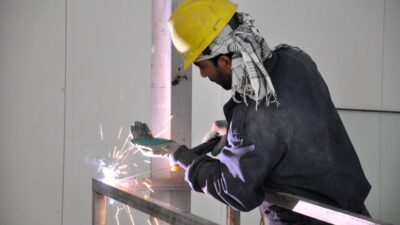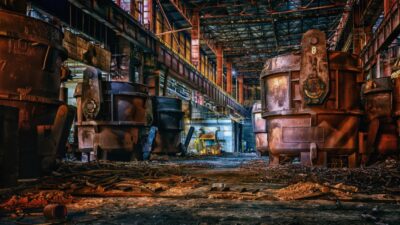Firefighters are constantly at risk in their jobs, but one of the most unique and dangerous risks they are exposed to is asbestos exposure.
Asbestos by definition is the name of several minerals that naturally occur in the environment as bundles of fibers and are separated into thin durable threads.
Beginning the late 1800s, asbestos was used across many industries including automotive, building & construction, shipbuilding among other industries.
Asbestos is also known to cause diseases such as pleural effusions, asbestosis, mesothelioma lung cancer and pleural fibrosis.
Unlike many dangers that firefighters face, there is nothing that warns them that they could be exposed to this deadly substance called Asbestos.
Even in situations where firefighters are properly wearing their masks, safety equipment and fireproof jackets, they could still be exposed to Asbestos.
For the most part of the 20th century, Asbestos was heavily used in constructing buildings, especially from the years 1920 to 1970. Examples of the use of Asbestos in building construction includes:
- Asbestos was mixed with paint and combined with cellulose to make fiberboard and wallboard materials;
- Asbestos was mixed with cement to make siding shingles;
- Asbestos was formed into felt for use as roof felting backings on vinyl flooring;
- Asbestos is also commonly mixed with joint compounds.
Although use of Asbestos was banned in 1980 by the Environmental Protection Agency (EPA), old buildings that were constructed with the product still exist and put residents & workers around them at great risk of asbstos exposure.
Even worse, whenever there is a fire in these buildings, asbestos fibers are dissipitated into the air and could easily be inhaled or swallowed by firefighers.
This happens when asbestos made products are damaged, deteriorated or sanded. There is a very high probability of asbestos fibers breaking off into the air everytime there is a fire in an asbestos containing building.
This could happen if the firefighters punches a hole into the ceiling, wall or the floors. If the building collapses, there is a high chance that the cement, plaster, damaged walls and paint could crumble down to dust and be released into the air.
The image on the right shows a building on fire, the white substance on the right side has a high chance of containing asbestos fibers being dissipitated into the air as the wall burns and deteriorates.
A high profile burning case where there was asbestos involved was a fire that destroyed many buildings in a block of New Haven, Connecticut in December 2007.
Firefighters outside the building who were not wearing masks were seriously exposed to asbestos fibers in the air as they battled the fire through the entire night.
The morning after, air quality samples extracted from the buildings showed extremely high levels of asbestos around the rubble.
Firefighters not wearing masks may have spent hours breathing in asbestos fibers that had a moist superheated feeling.
Other buildings where firefighters are at increased risk of asbestos exposure include public schools, commercial and residential buildings and older homes.
Firefighters go for training on buildings that are scheduled to be demolished and practice fires are put on these buildings.
As these buildings are old and constructed during the era when asbestos was popular, firefighters are at an even increased risk of asbestos exposure as they chop through walls, floors & ceilings and apply other fire control techniques.
The image on the left is of Asbestos abatement specialists examining the Deutsche Bank in New York on Sunday August 19th, 2007.
It was thought this building contains asbestos & other toxic materials and was a threat to the well being of its workers and clients.
What’s worse is that even the protective clothing & gear that firefighters wear is made of asbestos materials.
Asbestos is known for its properties for insulation & protection from heat. Coats, gloves, jackets and other clothing items that firefighters wear are made from asbestos containing materials as they offer protection from catching on fire.
During firefighting if their clothes become worn out, this presents an opportunity for asbestos fibers to be dissipitated into the air.
To prevent this from happening, firefighters are advised to wear respirator masks with approved HEPA filters at all times when fighting fires as well as when training, doing regular firehouse inspections and any other work related tasks.
dr. Khadijah













